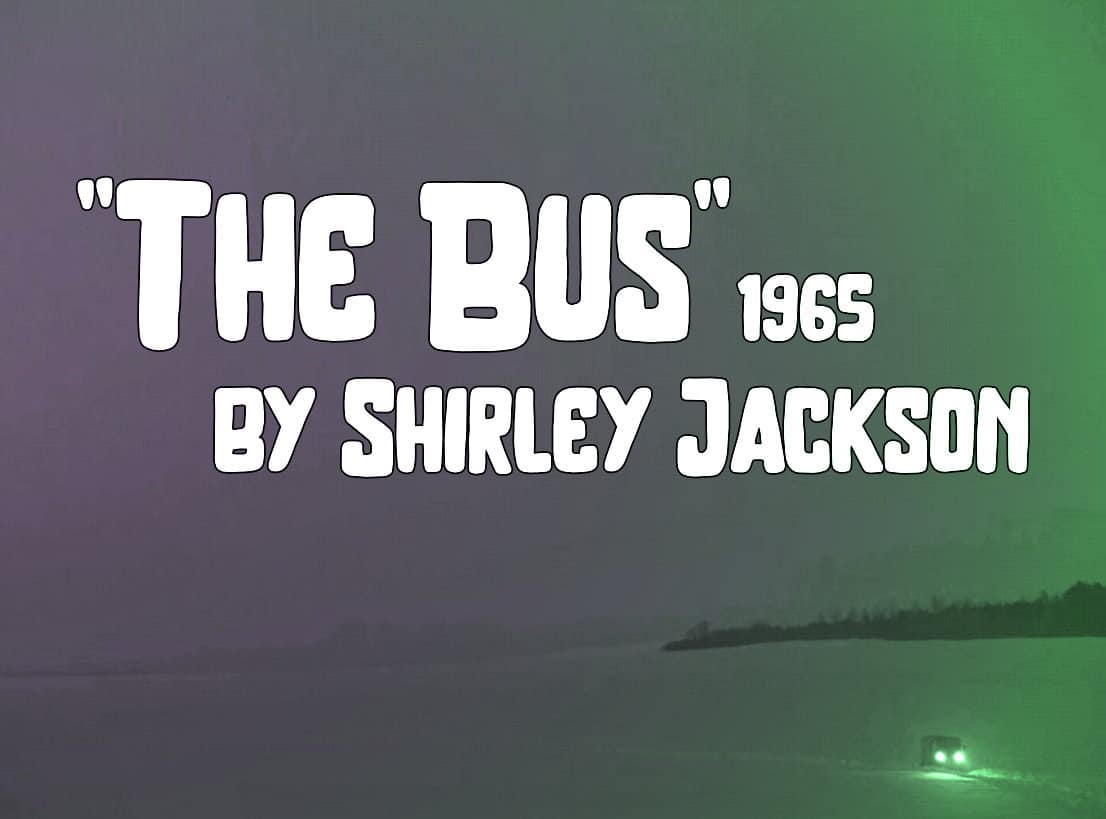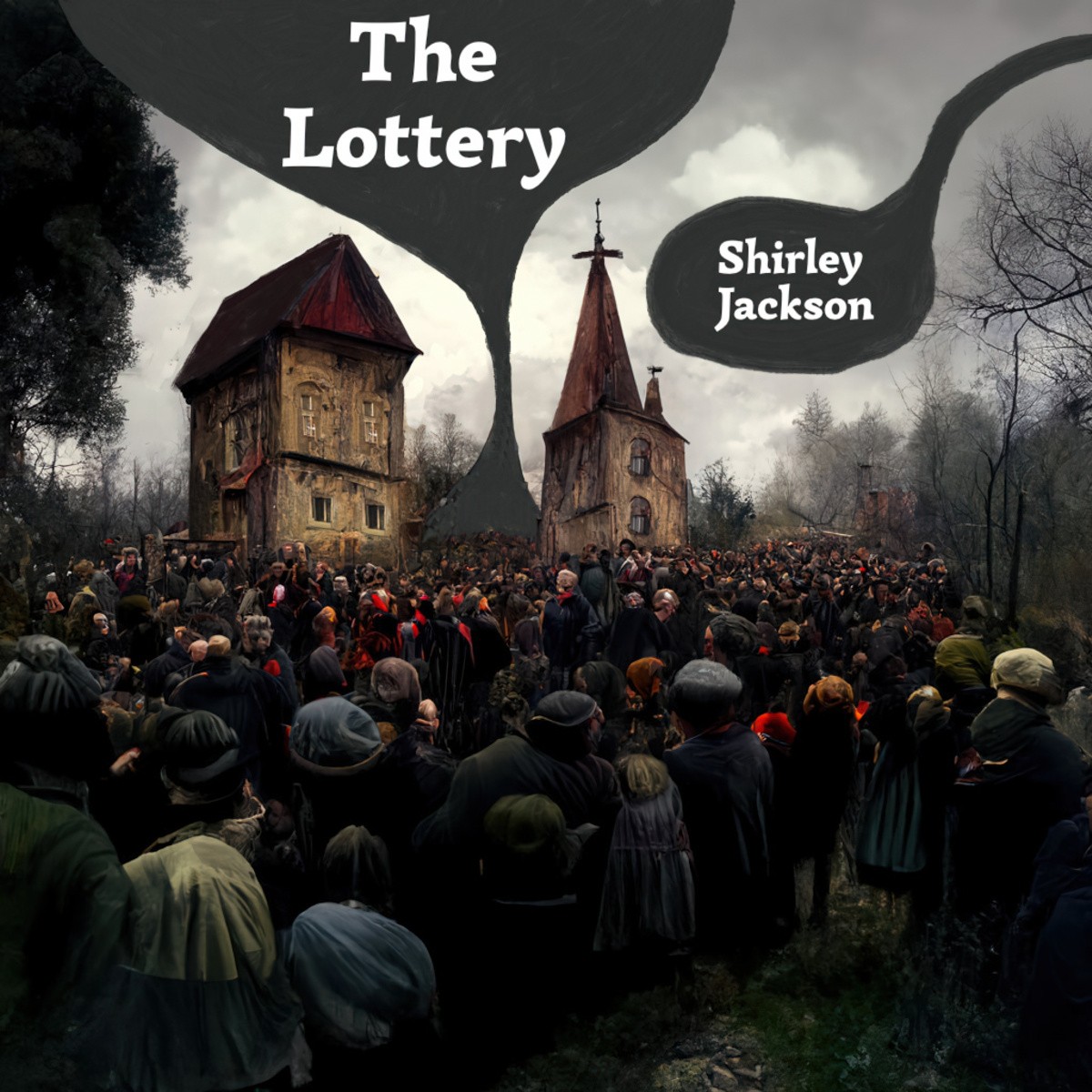-
“A Visit” (“The Lovely House”) by Shirley Jackson Analysis
This Shirley Jackson short story goes by two titles. Penguin decided to call it “A Visit” for their 2013 Dark Tales anthology, reverting back to the 1952 title. But for about half a century various publishers decided to call it “The Lovely House”. Yes, this is a haunted house story. But — surprise! — this beautiful old mansion isn’t exactly…
-
How To Write Like Shirley Jackson
Shirley Jackson did not only write disturbing supernatural stories. Her most famous short story is “The Lottery”.
-
All She Said Was Yes by Shirley Jackson Short Story Study
“All She Said Was Yes” is a short story by Shirley Jackson. This is the one with the Wednesday Addams character archetype who foresees the death of her own parents. But do they listen to her? No.
-
Whistler’s Grandmother by Shirley Jackson Short Story Analysis
“Whistler’s Grandmother” by Shirley Jackson was published in the May 5, 1945 edition of The New Yorker. Find it also in the collection Just An Ordinary Day (1996).
-
The Summer People by Shirley Jackson Short Story Analysis
“The Summer People” is one of Shirley Jackson’s short stories about marginalised folk. In this instance, the main characters are marginalised because they are summer tourists New York City. They are also getting old and dispensable.
-
The Man In The Woods by Shirley Jackson Short Story Analysis
In the early 1800s, the Grimm Brothers collected a fairy tale called “The Old Woman In The Woods” and included it for publication in Household Tales. Is Shirley Jackson’s “The Man In The Woods” a riff on that, or something different altogether? (Find Jackson’s story collected in Dark Tales.) I’ll be arguing that “The Man […]
-
“Home” by Shirley Jackson and the Gossiping Busybody Archetype
In “Home”, Shirley Jackson takes the urban legend of the ghost hitch-hiker and turns it into something new.
-
Paranoia by Shirley Jackson Short Story Analysis
“Paranoia” is a noir short story by American writer Shirley Jackson (1916-1965). A man is followed home by a stalker. Or is he?
-
The Possibility of Evil by Shirley Jackson
“The Possibility of Evil” is a short story by American author Shirley Jackson (1916-1965). Find it in several collections: Dark Tales and Just An Ordinary Day. The story was first published in The Saturday Evening Post a few months after Jackson’s death.
-
Charles by Shirley Jackson Short Story Analysis
“Charles” is a very short story by Shirley Jackson, first published in 1948. Told in first person from a mother’s point of view, this is the story of a little boy who starts school and immediately transforms from a little boy into a smart-mouthed brat. He talks constantly about a boy called Charles who gets up to all sorts of…
-
The Bus by Shirley Jackson

I once read an article about why so few commuters were inclined to take the bus. This would have eased congestion in my home city. New Zealanders are notoriously wedded to their cars (which have only gotten bigger and bigger since the aggressive marketing of double-cab utes). Sure, we like our cars. But there’s this […]
-
Afternoon in Linen by Shirley Jackson Short Story Analysis
Kristen Roupenian joins Deborah Treisman to read and discuss “Afternoon in Linen,” by Shirley Jackson, which appeared in a 1943 issue of the New Yorker magazine. I count this story as a perfect example of the dark carnivalesque.
-
Deck the Halls by Shirley Jackson Short Story Analysis
“Deck the Halls” is a Christmas short story by American author Shirley Jackson which asks readers to challenge what it means to be charitable. Find it in the collection Just An Ordinary Day.
-
The Lottery by Shirley Jackson Short Story Analysis

“The Lottery” by Shirley Jackson (1948) was first published in The New Yorker and remains the most controversial story The New Yorker has ever run. The magazine was bombarded with vitriol and many cancelled subscriptions. Some readers were angry because this story ruined their day.
-
Shirley Jackson’s Louisa, Please Come Home Analysis
“Louisa, Please Come Home” is a short story by Shirley Jackson, first published in Ladies Home Journal, 1960.